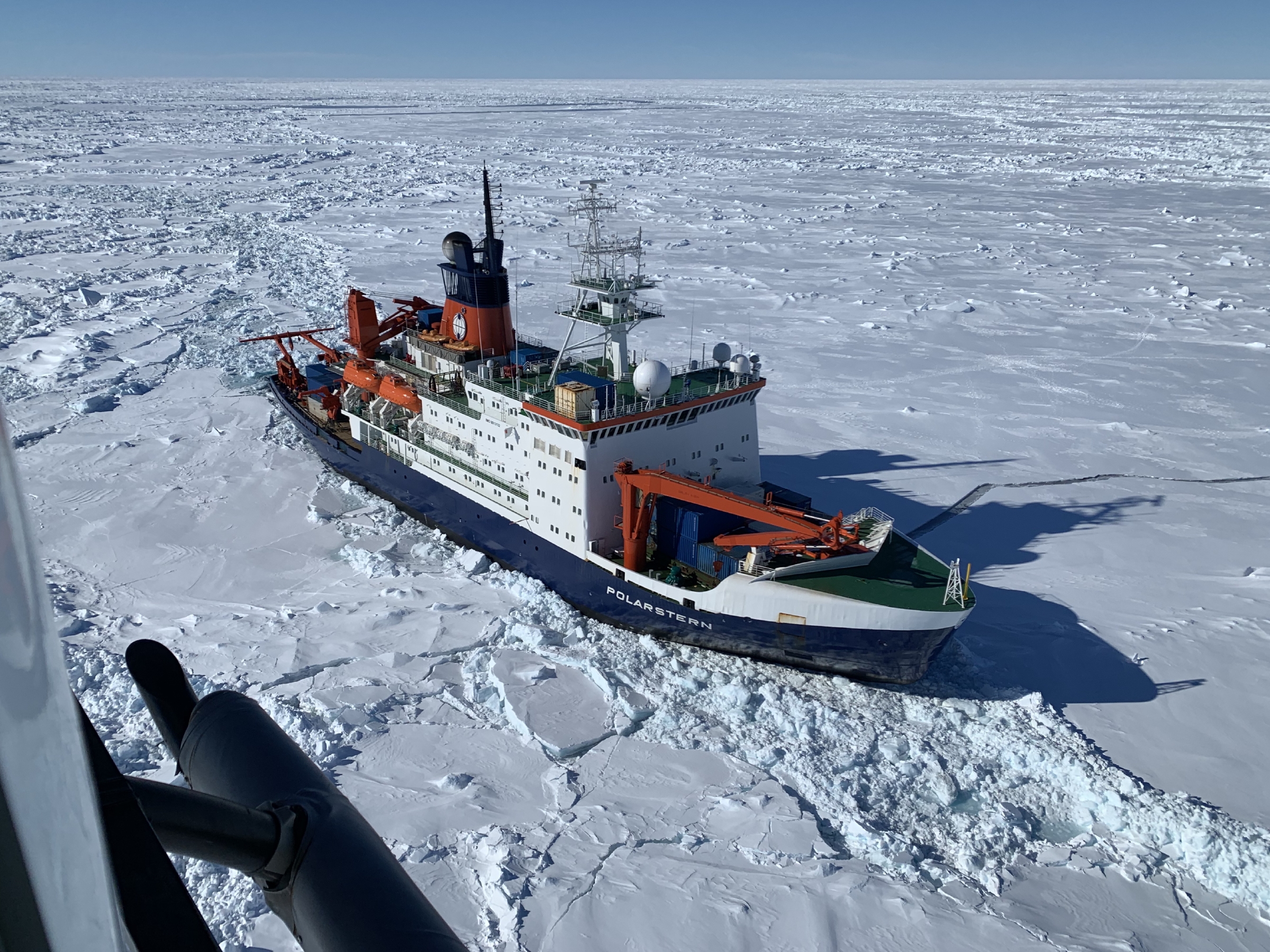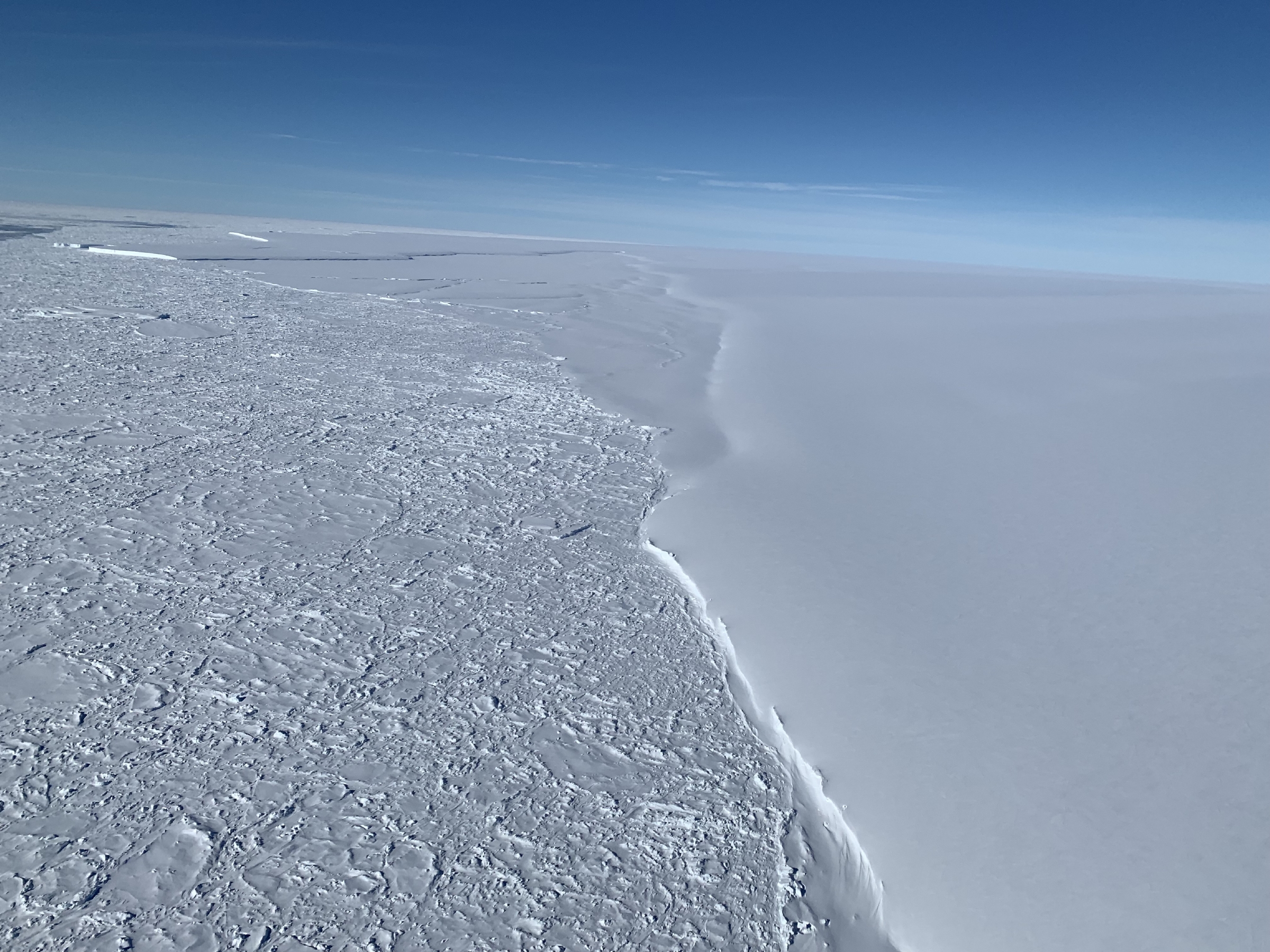Global S&T Development Trend Analysis Platform of Resources and Environment
| Expedition to Larsen C ice shelf thwarted by sea ice | |
| admin | |
| 2019-03-11 | |
| 发布年 | 2019 |
| 语种 | 英语 |
| 国家 | 英国 |
| 领域 | 资源环境 |
| 正文(英文) | Sea-ice conditions have prevented the Research Icebreaker Polarstern from reaching the Larsen Ice Shelf and the calving areas of iceberg A68, which broke away in July 2017. Last week, the ship’s captain and the head of the expedition jointly decided they could not continue on their planned route to Larsen C Ice Shelf. After spending a week trying to break through dense sea ice and ice ridges up to ten metres thick, the ship has changed course and is now heading to alternative research sites further north.  The sea-ice extent in the Antarctic at the end of December – 4.94 million square kilometres – was the lowest recorded for the month since the beginning of continuous satellite monitoring (more information in this report). However, expedition PS118 to the western Weddell Sea, encountered particularly dense and compacted regional sea ice north of iceberg A68. The researchers will now focus on a region in the northwest Weddell Sea, investigating how environmental conditions, such as sea-ice cover affect the Antarctic marine ecosystem. The scientific results will, among other things, contribute to our understanding of how the Antarctic is responding to climate change. Dr Boris Dorschel from the Alfred Wegener Institute (AWI) is leading the expedition. He says: “We are now deploying our scientific equipment to investigate everything from the sea ice floating at the surface down to the bacteria in the mud on the seafloor and most things in between. We want to produce a comprehensive snapshot of the ecosystem, environment and animals that live in this frozen ocean.” In addition, the expedition team will take advantage of any gaps that appear in the sea ice that would allow them to investigate other areas further east. There, beyond the continental shelf, the seafloor rapidly plummets from 400 metres to more than 3000 metres. Marine biologist Dr Huw Griffiths, from British Antarctic Survey, is on board to study the seafloor biology. He says: “We are obviously disappointed not to reach Larsen C, but we always knew that ice conditions in the Weddell Sea are some of the most challenging in Antarctica. We are now concentrating on collecting samples in an area where very few scientists have worked before to help us understand the Antarctic ecosystem.” Dr Dorschel concludes: “Despite the difficult ice conditions, spirits are high on board, and we have plenty exciting science to do.” Read the announcement from AWI here.  |
| URL | 查看原文 |
| 来源平台 | British Antarctic Survey |
| 文献类型 | 新闻 |
| 条目标识符 | http://119.78.100.173/C666/handle/2XK7JSWQ/233721 |
| 专题 | 资源环境科学 |
| 推荐引用方式 GB/T 7714 | admin. Expedition to Larsen C ice shelf thwarted by sea ice. 2019. |
| 条目包含的文件 | 条目无相关文件。 | |||||
| 个性服务 |
| 推荐该条目 |
| 保存到收藏夹 |
| 查看访问统计 |
| 导出为Endnote文件 |
| 谷歌学术 |
| 谷歌学术中相似的文章 |
| [admin]的文章 |
| 百度学术 |
| 百度学术中相似的文章 |
| [admin]的文章 |
| 必应学术 |
| 必应学术中相似的文章 |
| [admin]的文章 |
| 相关权益政策 |
| 暂无数据 |
| 收藏/分享 |
除非特别说明,本系统中所有内容都受版权保护,并保留所有权利。
修改评论